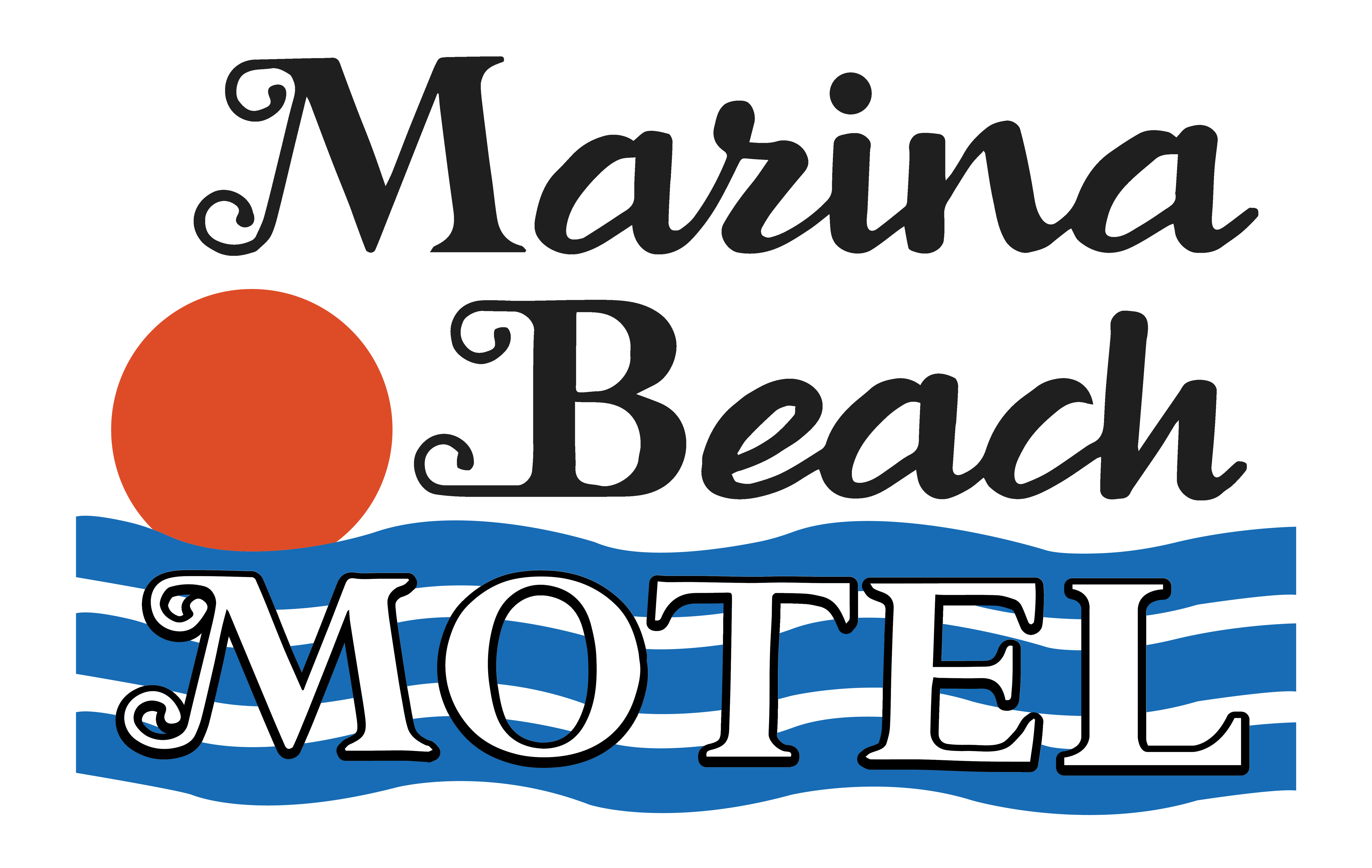Santa Barbara County is home to literally dozens of vineyards and hundreds of wineries. When you stay with us at Marina Beach Motel, you have your pick of places that specialize in white wines, red wines, sparkling wines, dessert wines, wines the likes of which you’ve never even heard; many of our guests return to the motel raving about their days touring wineries and vineyards and trails. The only way to get the most out of your Santa Barbara County wine tasting is to heed the basic tips from the pros.
First, evaluate the wine by sight. Look straight down into your glass (ideally one-third full) and swirl the wine around so you can observe the full range of color, not just the dark center. The deepness of the color, though can indicate the density of the wine and sometimes the variety of grape. A dark purple-black might be a Zinfandel, while a lighter red is likely a Pinot Noir. It’s also important to view the wine from the side so you can get a sense of the clarity. Ideally, you like to see a brilliant, transparent wine with just a bit of sparkle. Then swirl it a bit and see if the wine has “legs” or “tears” that run down the side of the glass. Thicker legs indicate a more alcoholic, full-bodied wine.
The second step in wine tasting is evaluating by smell. Give your glass another swirl and then hover your nose above the rim – it’s not necessary to dive in nose-first. Take a few short, quick sniffs and then step back and let the aroma filter through to your brain. When it comes to aroma, wines fall into three separate categories:
- Fruit aromas often come off the strongest. Wine is made of grapes, after all. With enough practice, you’ll be able to identify other fruits in the wine, as well.
- Herb/spice/leaf/flower/vegetable aromas are only slightly secondary to the fruit. These wines are often classified as “earthy.” For example, Sauvignon Blanc often smells somewhat grassy, while Cabernet Sauvignon frequently gives off an aroma of herbs and vegetation. Floral scents are most common in cool-climate white wines such as Riesling.
- A hint of chocolate, espresso, vanilla, or roasted nuts is an example of a wine barrel aroma. Wines with these scents often spent several months (or even years) aging in wooden barrels and infuse smells from their containers. One popular metaphor among wine enthusiasts is that a barrel is the wine maker’s paint palette and the wine is her canvas.
Finally, it’s time to evaluate the wine by taste. Post-sniff, take a sip (not a swallow) and suck on it like you’re pulling it through a straw. It might feel a little weird the first time, but rest assured all you’re doing is properly aerating the wine and tasting it with all parts of your mouth. If you’ve done your sniffing properly, the tastes should follow suit – fruity, earthy, or maybe a little nutty. You might even notice some flavors you didn’t pick up on as aromas. Wine makers often combine flavors to make their wines tastier or more unique. A good-tasting wine should have these three qualities:
- Balance – if your wine is too sugary or too bitter or too dry (acidic), it’s clearly not very balanced. Though no two wines are exactly the same, a single flavor shouldn’t overwhelm your taste buds.
- Complexity – for a beginner wine taster, complexity is going to be most difficult to detect. Complex wines seem to change flavor even as you taste them. You might notice a plum flavor as the wine passes your lips and then a cinnamon twinge as you swish it around. Pay attention to the aftertaste as well. How long does the flavor linger after you swallow?
- Completeness – complete wines are balanced, complex, and have a satisfying, lingering finish.
There’s clearly a lot of nuance to wine tasting. Wine experts, or “sommeliers,” study for years and devote their lives to wine in order to reach the status of “Master Sommelier.” As you embark on your amateur sommelier adventure in Santa Barbara, you might want to take a notebook and jot down notes about which wines you did or didn’t like and what you did or didn’t like about them. After a tour or two, you’ll be able to pick out your own wines for any occasion and impress your friends with your fancy wine-tasting skills and vocabulary.


